Above: Detail from Rachel Rafael Neis. Detail from At the Gym, 2018. Watercolor on paper. 6.5 in. x 7 in. Courtesy of the artist.
PEDAGOGY
The study of sacred texts has been almost exclusively an intellectual and cognitive practice. A Jewish religious institution of deep study is called a yeshiva: the gerund of the verb “sit” —sitting. A gerund looks like a verb, but acts as a noun. Seeing this false verb in the noun form emphasizes the very literal immobility of traditional forms of study. We have sought to problematize this exclusive approach to text study, turning the study of sacred arts into a bodily activity.
Studying sacred texts through a variety of art forms, ranging from the literary to the physical, guides students to important insights, analyses, and new appreciation of text. Our focus for this article, however, will be on circus arts and how they enable students to process biblical text through the body. This method is not simply referencing text in art, nor experiential learning. This is rigorous text study, using the body as much as the mind and heart. This method is part of a growing movement in arts education and creation that eschews a rigid separation between mind and body. One is able to study with their body, an appreciatively different mode of research with its own discourses and findings, though equally academic and authentic. One factor that differentiates our method from other artistic approaches is our focus on peshat, contextual meaning (as opposed to derash, interpretive meaning). We do not aim to make art inspired by homiletic or pedagogic interpretations, but rather to use the arts as a vehicle for processing a deeper understanding of the text.
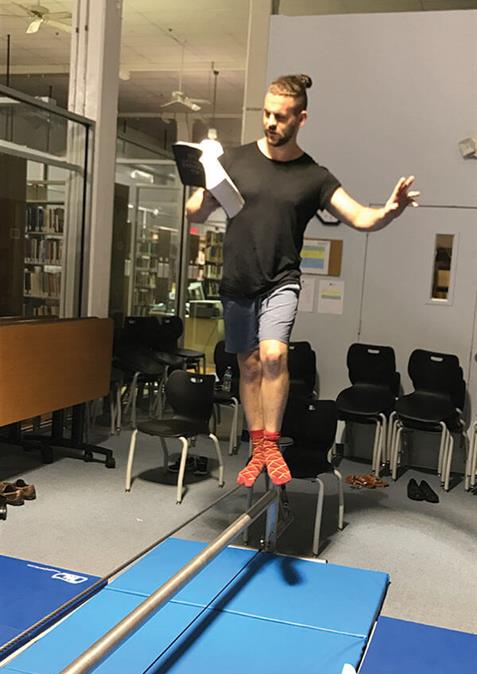
Courtesy of the authors.
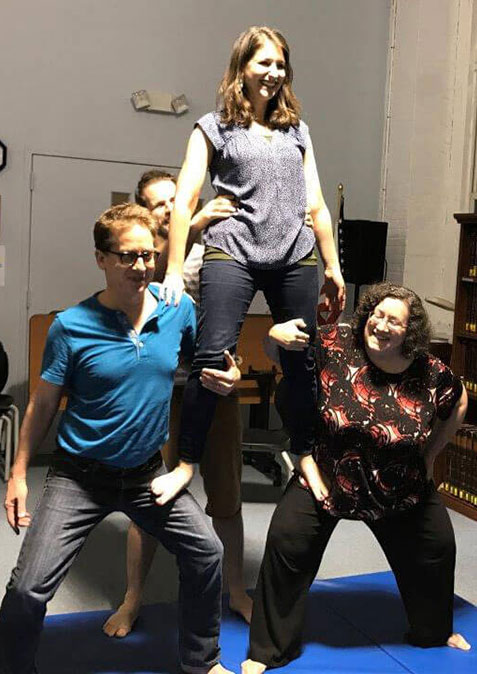
Courtesy of the authors.
Equilibristics, such as a tightwire or a rolla-bolla (a plank of wood placed on a rolling cylinder forcing one to move side to side to maintain balance), provided excellent opportunities to embody texts about vulnerability. We asked students to consider the Akedah (Genesis 22) while navigating these destabilizing apparatuses. One student who had previously felt very jaded about the Akedah found himself in tears as he physically processed, and internalized, Abraham’s vulnerability and insecurity. One of us, a feminist biblicist for over three decades, who had always condemned Abraham in the first wife-sister story (Genesis 12), suddenly sympathized with Abraham’s predicament while reading the text on the rolla-bolla. The physical instability triggered a deep feeling of empathy for Abraham’s insecure position.
In contrast to the individuality of experiencing text through tightwire or rolla-bolla, we have adapted the Jewish model of ḥevruta study in partner acrobatics. When processing through partner acrobatics, we, as a group, study the text and learn several tricks. The students are tasked with attempting to embody a specific aspect of the text using the tricks, a bodily ḥevruta. They need to think in terms of tension, balance, support, dependence, and partnership. The unexpected forces experienced practicing these tricks often lead to students changing their analyses, occasionally midtrick. The bodily thinking led to different conclusions than what they had anticipated through their minds and hearts.
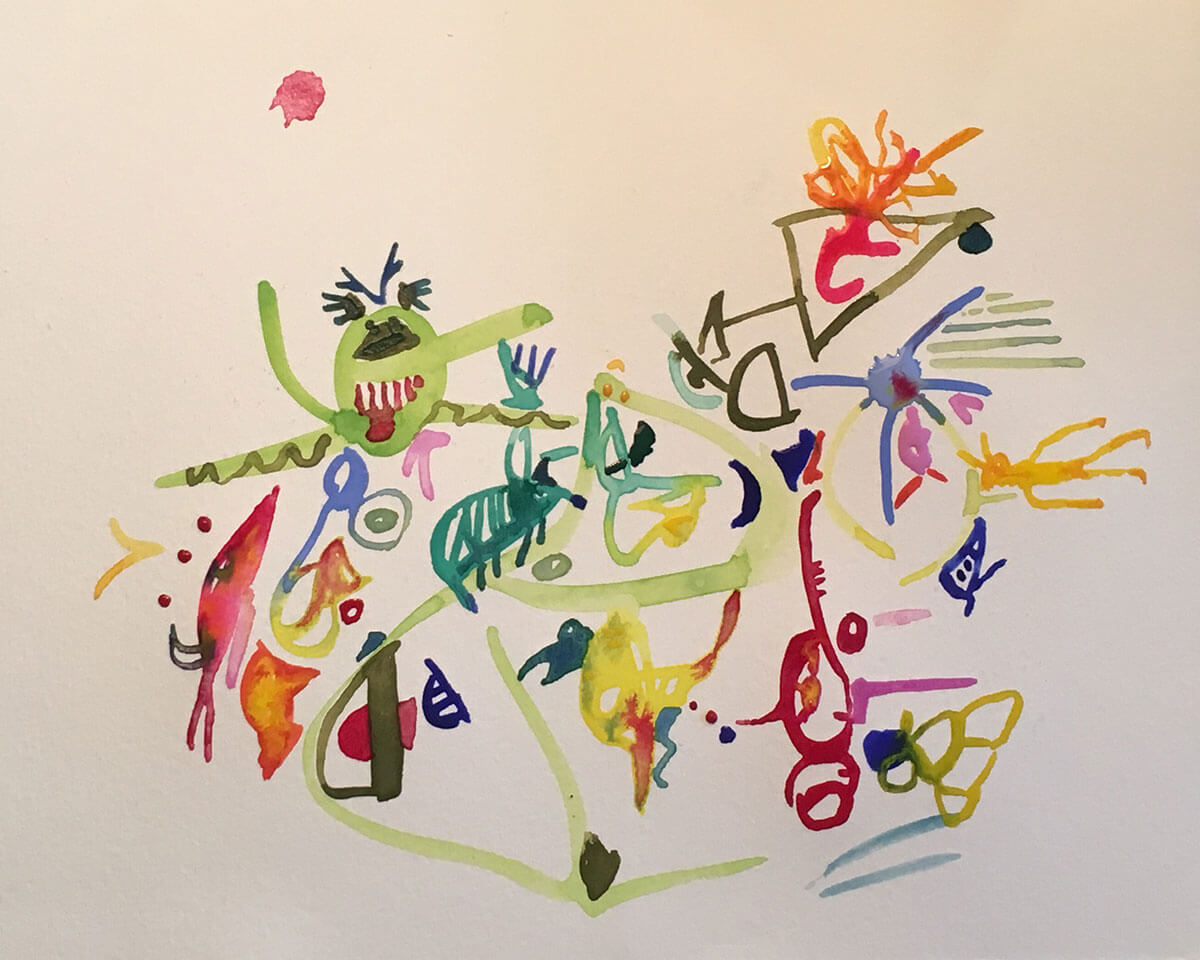
Rachel Rafael Neis. Detail from At the Gym, 2018. Watercolor on paper. 6.5 in. x 7 in. Courtesy of the artist.
Teaching a full course on this approach enabled us to use an assortment of circus apparatuses to embody biblical text. For example, we used a variety of partner juggling styles to experience nuances of partnership in the Bible among Moses, Aaron, and Joshua. Double trapeze (two people, one bar) allowed students to explore the active nature and relative strength among the women in the book of Ruth. We explored questions about the biblical characters, while also navigating and analyzing trust. Again, the rhetoric of thinking with one’s body was enlightening to students as their physical experiences impacted their reading of the text.
This approach has worked with audiences ranging from youth through individuals in their late seventies, with a great variety of ability and fitness levels. Each participant’s embodied experience led to individual insights and new relationships with the text. One point that must be emphasized is that this should not be done without a trained circus professional to ensure the safety of all involved.
As most Jewish educational institutions follow the “sitting” model of the yeshiva, it is important to pay attention to our kinesthetic learners, our artsy students, and anyone for whom getting up and moving is an essential part of their academic success. The beauty of this model, however, is that it is similarly enlightening for traditional learners. It allows everyone the opportunity to enhance their individual relationship with the biblical text, expressing that relationship through heart, soul, and body.
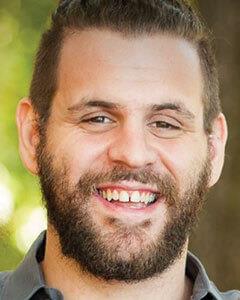
AYAL PROUSER is an adjunct lecturer at the Academy for Jewish Religion. He is a contributor to Circus and Space: The Big Top on The Big Screen, edited by Teresa Cutler-Broyles (forthcoming). He is a circus performer, choreographer, and educator.
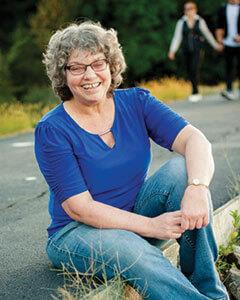
ORA HORN PROUSER is executive vice president and academic dean at the Academy for Jewish Religion. Her book, Esau’s Blessing: How the Bible Embraces Those with Special Needs (Ben Yehuda Press, 2012) was recognized as a National Jewish Book Council finalist and as a Gold winner in the Special Needs Book Awards.